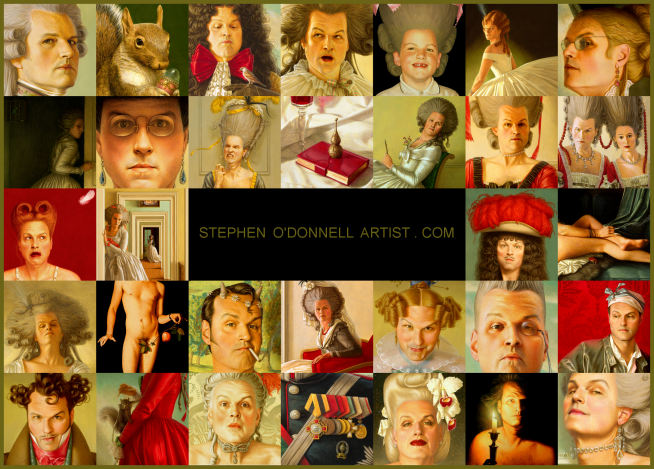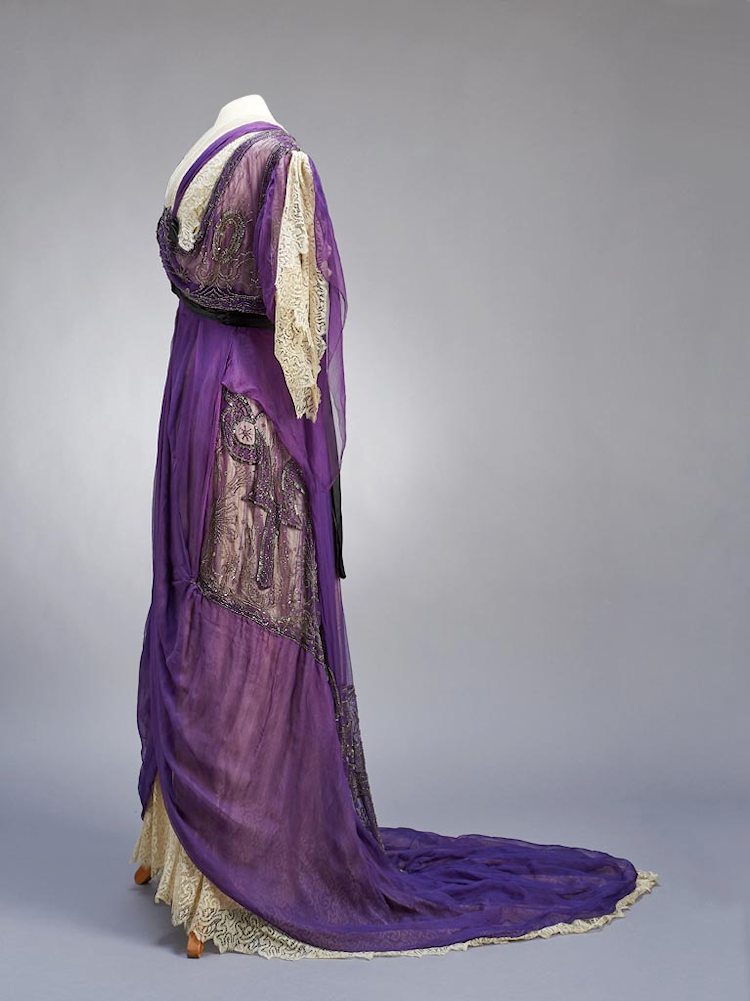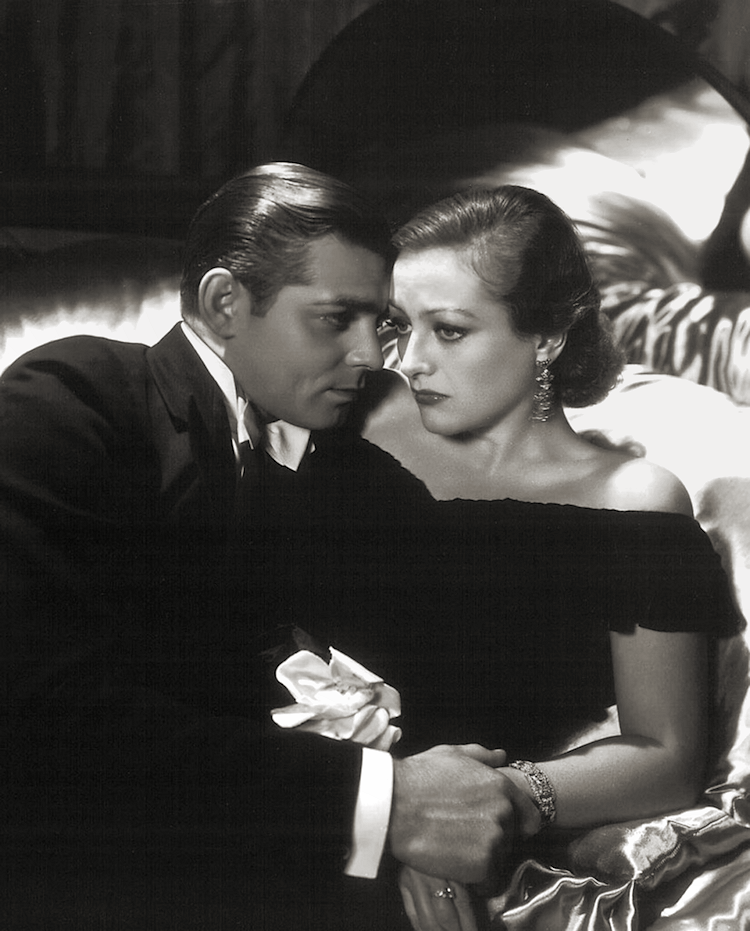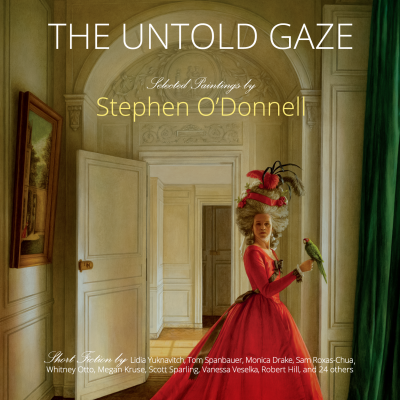%20and%20Princess%20Henriette%20(1806%E2%80%931886)%20of%20Liechtenstein,%20son%20and%20daughter%20of%20Prince%20Johann%20I%20of%20Liechtenstein,%20by%20Heinrich%20Friedrich%20F%C3%BCger.png) |
| Prince Aloys and Princess Henriette. |
%20and%20Karl%20Johann%20(1803-1871)%20.png) |
| Princes Karl Johann and Franz de Paula. |
%20,%20%20Prince%20Rudolf%20von%20Liechtenstein%20(1816%E2%80%931848)%20.png) |
| Princess Ida and Prince Rudolf. |
%20AND%20MARIE%20(1800%E2%80%931884)%20VON%20LIECHTENSTEIN.png) |
| Princesses Sophie and Maria. |
Princess Maria Leopoldine Josepha Sophia Aemiliana (1793 - 1808)
Princess Karoline (1795 - died in infancy)
Prince Aloys Maria Josef Johann Baptista Joachim Philipp Nerius, later Aloys II, sovereign Prince of Liechtenstein (1796 - 1858)
Princess Sophie Marie Josepha (1798 - 1869)
Princess Maria Josepha (1800 - 1884)
Prince Franz de Paula Joachim Joseph (1802 - 1887)
Princess Karoline (1795 - died in infancy)
Prince Aloys Maria Josef Johann Baptista Joachim Philipp Nerius, later Aloys II, sovereign Prince of Liechtenstein (1796 - 1858)
Princess Sophie Marie Josepha (1798 - 1869)
Princess Maria Josepha (1800 - 1884)
Prince Franz de Paula Joachim Joseph (1802 - 1887)
Prince Karl Borromäus Johann Nepomuk Anton (1803 - 1871)
Princess Klothilda Leopoldina Josepha (1804 - 1807)
Princess Henriette (1806 - 1886)
Prince Friedrich Adalbert (1807 - 1885)
Princess Henriette (1806 - 1886)
Prince Friedrich Adalbert (1807 - 1885)
Prince Eduard Franz Ludwig (1809 - 1864)
Prince August Ludwig Ignaz (1810 - 1824)
Princess Ida Leopoldine Sophie Marie Josephine Franziska (1811 - 1884)
Prince Rudolf Maria Franz Placidus (1816 - 1848)
Prince August Ludwig Ignaz (1810 - 1824)
Princess Ida Leopoldine Sophie Marie Josephine Franziska (1811 - 1884)
Prince Rudolf Maria Franz Placidus (1816 - 1848)
 |
| Prince Aloys, later Aloys II, sovereign Prince of Liechtenstein (1796 - 1858). |
 |
| Princess Henriette (1806 - 1886). |
*
 |
| Prince Franz de Paula (1802 - 1887). |
 |
| Prince Karl Johann (1803 - 1871). |
*
 |
| Princess Ida (1811 - 1884). |
 |
| Prince Rudolf (1816 - 1848). |
*
 |
| Princess Sophie (1798 - 1869). |
 |
| Princess Maria (1800 - 1884). |
Of the eleven surviving children present at the time these portraits were completed, only eight are portrayed. I don't know if the three missing children - Prince Friedrich Adalbert, Prince Eduard Franz Ludwig, Prince August Ludwig Ignaz - were the subjects of an additional portrait - which has since been lost or is merely unavailable online - or whether it simply never existed. (It isn't a case of the youngest being left out, either, since the two youngest are included here.)
*
























.png)



_02.png)



.png)

.png)






